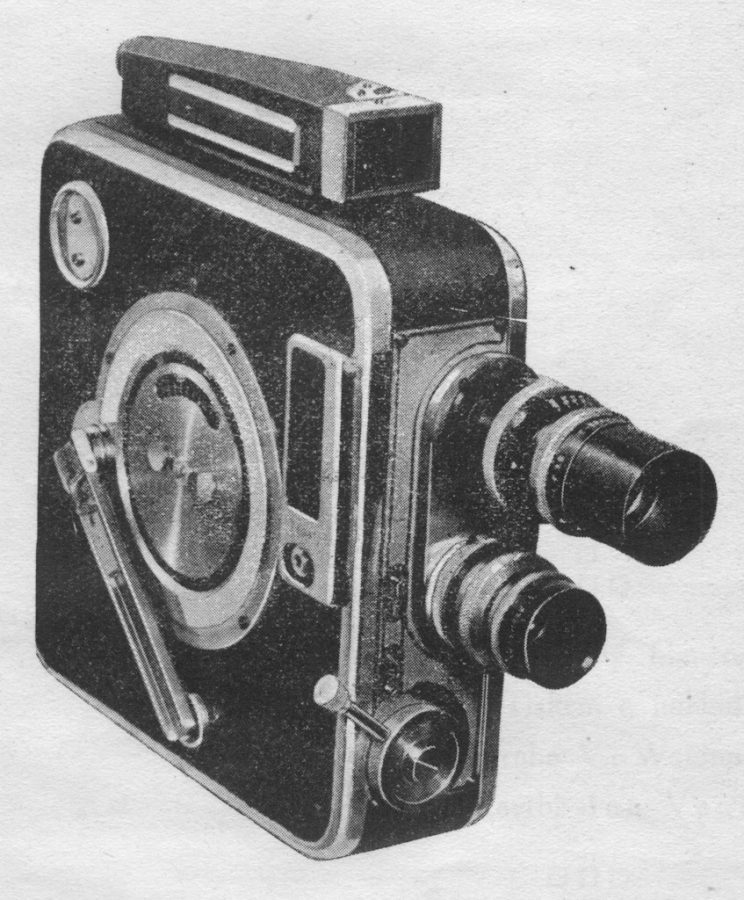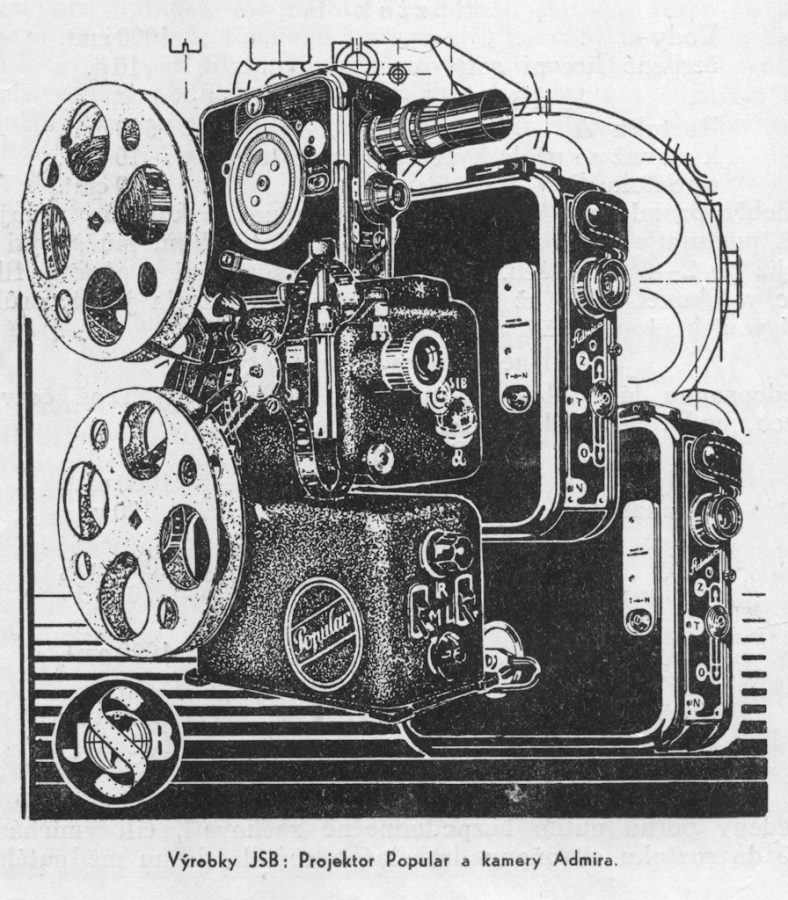Meeting at the eye of the needle
In programme
Meeting at the eye of the needle
Experimental Celluloid Presence by Alexandra Morales and František Týmal; the students of the Audio-visual Studies Centre of the FAMU Prague film academy encounter historically unique film equipment, as an homage to legendary Brno film company Jindřich Suchánek Brno, the first Czechoslovak production of equipment for amateur filmmaking
The artistic expression of Alex Morales (*1989) is based on the interconnection between analogue and digital media technology combined with her own film and photographic material and found 8mm and 16mm footage; re-mediating this material, she experiments with the projection of living forms in combination with performance and music. The short film Šaty - Clothes (Alexandra Morales, 2010, 16mm, 5 min.) is a short editing study reflecting on memory through the use of cloth. Through the initial metaphor – the main image is a sewing machine, which is an analogue mechanism of the mechanics of memory – the mechanisms of film are also reflected. The action leads to the sewing together, the weaving of fragments and the production of cloth. She combines colour and black and white 16mm film with black and white inversions of Normal 8mm. The editing is then a form of mosaic, which dissolves the illusion of a single whole while at the same time creating a new entity.
František Týmal (*1987) works with experimental film, analogue media and the highlighting of their significance in the digital present, taking form through his own films, performance and gallery installations. His 16mm film material undergoes chemical and mechanical deterioration and then through live screenings becomes a part of a new visual reality reflecting brutality as well as pure abstraction. His piece Archetype represents a kind of ideal, a phenomenon in its most primal and pure form. The mechanisms that he creates with the actual celluloid feeding through as a source of the projection as well as its reflected surface attempt to express a kind of archetype of cinematography. In the installation there is a merging of the form and content of film into one single essence. None of the elements of the installation lead the viewer to an unequivocal interpretation. The minimalistic concept offers a metaphor of film art and pictorial perception as well as the admission that it could also just be a practical joke. The combination of black and white stripes also allows us to focus on the principle of the projection mechanism itself, which is the core of the whole piece. Neither the aesthetic value nor the meditative character of the installation are its essential aim; rather it is evidence of the bearing capacity of the whole concept and the consequences of the spontaneous development of media.
Eighty years since the establishment of the company Jindřich Suchánek Brno, the first Czechoslovak production of equipment for amateur filmmaking
The autumn of 2011 will mark the 80th anniversary of the establishment of the company Jindřich Suchánek Brno, the first Czechoslovak production of equipment for amateur filmmaking (JSB). The application for operating a business in “the production of non-flammable motion picture film for amateurs” was submitted by Jindřich Suchánek (who lived from 11 July 1900 to 10 August 1988) to the business license office on 2 September 1931. Until the outbreak of the Great Depression, he worked in a coppersmith workshop. In 1931 he set up a modest workshop of his own with two old lathes and two employees. The JSB company quickly re-oriented its activities to the production of equipment for amateur filmmaking and gradually expanded its product quantity and range. In 1936 the company moved its premises to 46 Hybešova Street. Within a year there were 70 employees. By 1939 there were 90 employees; however, further expansion was interrupted by World War Two and in 1941 Suchánek was taken to the Buchenwald concentration camp. In 1944 the JSB company was confiscated by the occupying forces. After his return in 1945, Suchánek attempted to start up the company again; unfortunately, in 1948 it was nationalized and merged with the MEOPTA company.
The 1932 prototype of a 16mm film projector was developed into a series of projectors, the most famous of which is the Popular model from 1935 with its changeable heads for 16mm, 9.5mm and 8mm film. The Popular was fittingly described in the German press as an “expandable projector” – in addition to changeable heads, it was also possible to mount an optical copier, slide projector or drying head. It was almost identical to the Scolar projector used in schools or the Popular R model of 1937, meant for the continuous projection of commercial film loops in store display windows or expositions. The Minor (1939) and Luxor (1939) projectors followed. After the second world war, the Jubilar and 8mm Atom (1946) projectors were released under the JSB label. Along with the production of projectors, there was the concurrent development and release of film cameras for the amateur market. The Akro-Admira camera was also released in 1932 under Admira, a name which the Brno company would use for all its subsequent cameras. The Admira 9.5mm (1933), nick-named “kidney” because of its shape, and the Admira 8 ”kidney” (1935) were to follow. The Admira 8B and the 16mm Admira D surprised the market in 1937 with their new designs. 8mm cameras continued to be made by MEOPTA with only minor changes until 1964.
Exhibition Curators: Pavlína Vogelová, Miloš Henkrich

